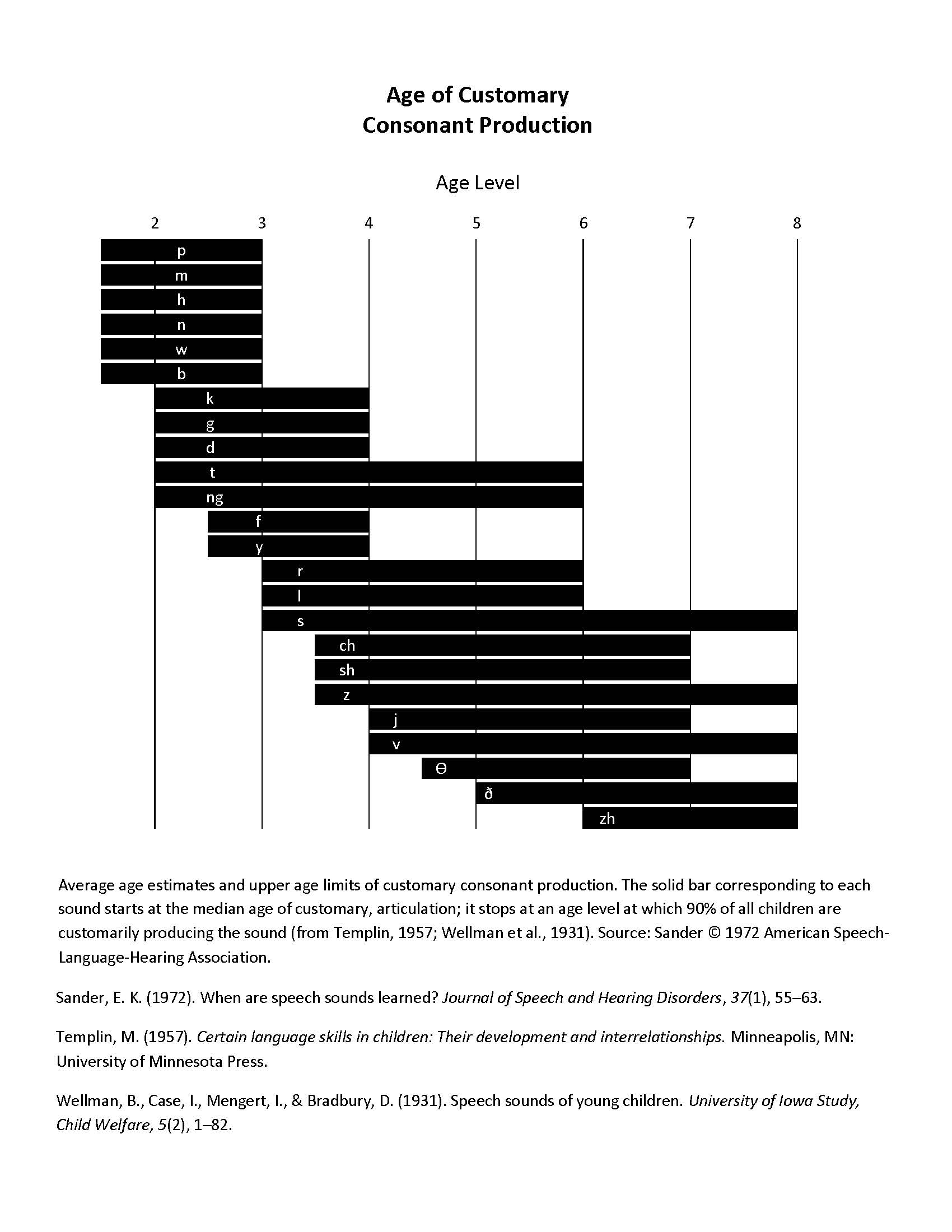What’s That Sound?
by Kacie Bartlett, CCC-SLP
Kids Place Pediatric Speech Therapist
In the world of speech, sounds made verbally are classified using a system called the International Phonetic Alphabet (IPA). This is a written alphabet that represents sounds using symbols (just like the A, B, C’S).
For example, let’s look at the word “that.” Using the English alphabet, “that” is written simply as, “t-h-a-t.” However, in IPA, the correct symbolization of the word is, “ðæt.” While there are only 26 letters in the English alphabet there are actually 43 sounds that are produced in the English language.
Like all other milestones children achieve throughout their lifetime, sounds are no exception. Sounds are mastered between different time frames by first producing easy sounds and then gradually producing more difficult sounds. Sounds are easy or difficult depending on the number of structures needed to produce the sound, the position of the sound, and where the sound is made.
Your body uses several structures of the mouth and throat to produce sounds called articulators. Articulators can be classified as movable and immovable. Moveable articulators are the tongue, lips, jaw, and soft palate. Immovable articulators consist of the alveolar ridge, hard palate, teeth, and nasal cavity. Each sound can be made differently by placing an articulator in a precise position and adding voice or air flow.
Typically, the first three sounds mastered by children are: “p” “b” and “m.” These sounds are considered bilabials. Bilabial sounds are produced using the lips. Try producing these sounds. Notice how you are using only the lips to make these sounds; however, there is a different outcome for each of these. The “m” is produced by holding the lips together and turning on your “voice box.” The “b” is produced by building pressure up and releasing a puff of air through the lips while also turning on your voice. The “p” sound is created by building up pressure and releasing the air through your lips without turning on your voice.
The tongue is an extremely important part of speech. The tongue assists in making almost all other sounds. The tongue can be placed in between the teeth to produce the “th” sounds, as in the word “there.” The tongue can also be placed on the alveolar ridge (bump behind the top front teeth) to produce “d” and “t” as in the word, “dot.” It can also be moved to the back of the throat to produce sounds such as “k” and “g.” It also plays a huge roll in the production of that pesky /r/ that so many of our kids have difficulty with.
So why is the “R” sound such a hard sound to produce? First, there are so many variations of the “r” sounds. For example, there’s the “r” in rabbit, or there’s the “r” in car, air, ear, tire, or, her, and girl. All words with “r’s” but all so different (say these all out loud). For the /r/ sound the tongue is bunched inside the back end of the mouth, with tip down, and sides of the tongue touching the top teeth. Make “r” sound and think about where your tongue is.
As we go down the long list of sounds and are aware of placement of different sounds it becomes easy to see why sounds are mastered at different age levels. Please reference the chart below for typical mastery age ranges of sound development:

If you have concerns about your child’s speech development, a Kids Place pediatric speech and language pathologist can evaluate your child to determine if they are age-appropriate or requires additional speech therapy.







